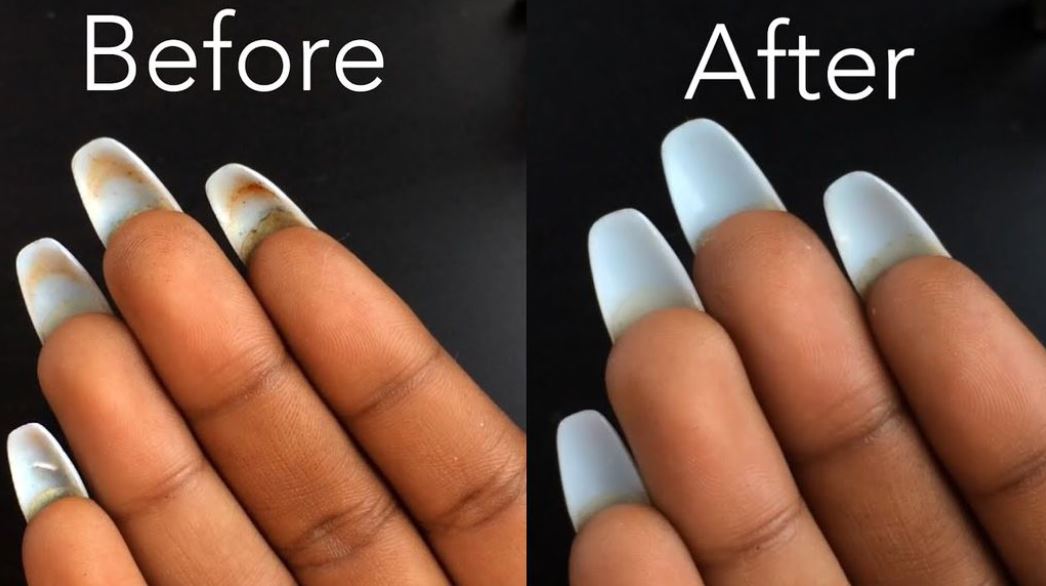5 Common Bacteria and Fungi Found Under Nails

1. MRSA (Methicillin-Resistant Staphylococcus aureus)
2. Staphylococcus aureus

3. Pseudomonas aeruginosa
4. Candida albicans
5. Dermatophytes
How These Microorganisms Affect Your Health
- Nail Infections (Paronychia or Onychomycosis): Painful, swollen, and pus-filled, these infections occur when bacteria or fungi enter through a tear in the skin around the nail. Chronic infections may leave nails discoloured, thick, and permanently damaged.
- Skin Infections: If you scratch your skin, bite your nails, or pick your nose (yes, really), you risk transferring bacteria like staph or MRSA into your body, leading to serious infections.
- Risk in Medical Settings: Long nails can be a hidden danger in healthcare environments. Two nurses in Oklahoma were linked to the deaths of 16 infants in the late 1990s, with bacteria traced back to the areas beneath their nails. While the connection was not conclusively proven, the findings led to stricter hygiene policies for medical staff.
How to Keep Your Nails Clean and Safe
- Keep It Clean – Regularly clean under your nails using a soft nail brush and warm, soapy water. Pay extra attention after activities like gardening, cooking, or using public transport.
- Trim or Refill Regularly – Whether your nails are natural or artificial, schedule routine trims or salon visits to prevent lifting, which creates a pocket for bacteria to thrive.
- Avoid Nail Biting and Picking – These habits break the skin and allow bacteria direct entry into your system.
- Practice Good Salon Hygiene – Ensure your nail technician uses sterilised tools. Don’t be afraid to ask how tools are cleaned.
- Go Bare Occasionally – Give your nails a break from polish or extensions now and then to air out and recover.
- Moisturise Your Cuticles – Dry, cracked skin around the nails makes it easier for germs to enter. Keep your hands and cuticles moisturised.





















